Nestled within Norway’s serene landscape, Sjoparken Retreat stands as a testament to innovative architectural fusion, seamlessly blending Nordic minimalism, Japanese Zen principles, and tropical warmth into a harmonious whole. This unique residence challenges conventional design boundaries by merging seemingly disparate styles into a cohesive retreat that both embraces its Scandinavian surroundings and transports visitors to far-flung design traditions.

The Sjoparken Retreat by Norm Architects, represents a new paradigm in fusion architecture, where the clean lines and natural materials of Nordic design meet the peaceful spatial flow of Japanese aesthetics and the vibrant indoor-outdoor living concepts of tropical architecture. This article explores how these three distinct design philosophies converge to create one of Norway’s most distinctive and inspiring residential spaces.
Decoding the Fusion: Three Traditions, One Harmonious Design
Nordic Elements: Embracing Scandinavian Simplicity
At its foundation, Sjoparken Retreat is firmly rooted in its Nordic context, both physically and aesthetically. The design incorporates several quintessential Scandinavian elements:
- Natural Light Maximization: Floor-to-ceiling windows throughout the northern-facing sections capture and maximize the precious Nordic light, creating luminous interior spaces that change with the seasons.
- Natural Wood Prominence: Locally-sourced pale timber features prominently in both structural elements and interior finishes, with thoughtfully preserved grain patterns celebrating the material’s organic origins.
- Functional Minimalism: Clean lines and uncluttered spaces define the layout, with built-in storage solutions that maintain the retreat’s serene aesthetic while ensuring practicality for daily living.
- Connection to Landscape: The house positions itself to frame specific views of the surrounding Norwegian landscape, creating a continuous dialogue between interior spaces and the natural environment beyond.
- Neutral Color Palette: Soft whites, grays, and earth tones dominate the interior spaces, creating a calming backdrop that reflects the subdued beauty of the Scandinavian landscape.
The Nordic influence provides Sjoparken Retreat with its structural clarity and connection to place, establishing a strong foundation upon which the other design traditions can harmoniously build.
Japanese Elements: Zen Simplicity and Spatial Harmony
Japanese design principles elevate Sjoparken Retreat beyond typical Nordic architecture, introducing elements of Eastern philosophy and spatial concepts:
- Ma (Negative Space): The deliberate incorporation of empty space throughout the residence creates moments of pause and contemplation, allowing the architecture to “breathe” between functional areas.
- Shoji-Inspired Room Dividers: Sliding wooden screens reminiscent of traditional Japanese shoji allow for flexible space organization while maintaining visual continuity between areas.
- Indoor Zen Garden: A central courtyard features carefully arranged stones, moss, and minimalist plantings in the Japanese tradition, visible from multiple interior vantage points.
- Engawa-Style Transitions: The covered wooden walkway bridging indoor and outdoor spaces takes inspiration from traditional Japanese engawa, creating meditative transition zones throughout the property.
- Wabi-Sabi Appreciation: Select architectural elements and furnishings embrace imperfection and patina, celebrating the Japanese concept of finding beauty in transience and imperfection.
These Japanese elements introduce a spiritual dimension to Sjoparken Retreat, fostering a sense of tranquility and mindfulness that transcends mere aesthetic considerations.
Tropical Elements: Warmth and Indoor-Outdoor Fluidity
Perhaps the most unexpected aspect of Sjoparken Retreat is its successful incorporation of tropical design elements within a Nordic context:
- Biophilic Interior Design: Abundant indoor plants, including some tropical species maintained in climate-controlled areas, create a lush interior landscape that contrasts with Norway’s seasonal outdoors.
- Indoor-Outdoor Living Spaces: Despite the Nordic climate, the retreat incorporates covered outdoor living areas with weather-appropriate heating elements, allowing for year-round connection to nature.
- Natural Ventilation Pathways: Thoughtfully positioned openings create natural airflow patterns during warmer months, reducing reliance on mechanical cooling while creating subtle atmospheric movement.
- Water Features: Reflective pools and subtle water elements throughout the property reference tropical design traditions while creating dynamic light play and soothing acoustic environments.
- Warm Material Accents: Amidst the predominantly Nordic palette, selective use of rattan, bamboo, and other tropical materials adds warmth and textural contrast in furniture and decorative elements.
These tropical influences infuse Sjoparken Retreat with unexpected warmth and sensuality, creating a multisensory experience that transcends the often austere reputation of Northern European design.
The Harmonious Blend: Unifying Principles in Sjoparken Retreat
What makes Sjoparken Retreat remarkable is not merely the presence of these three distinct design traditions, but the masterful way they’ve been integrated through several unifying principles:
- Material Honesty: Whether Nordic timber, Japanese paper, or tropical rattan, all materials throughout the retreat are presented in their authentic form, celebrating their inherent properties and natural beauty.
- Spatial Flow: The continuous, thoughtful progression between spaces reflects both Japanese concepts of sequence and tropical indoor-outdoor fluidity, while maintaining Nordic clarity of purpose.
- Light as a Design Element: The careful consideration of natural light—how it enters, transforms, and moves through spaces throughout the day—unifies all three traditions in their shared reverence for this essential element.
- Biophilic Connection: Though expressed differently in each tradition, the profound connection to nature serves as perhaps the strongest unifying thread, with each design philosophy contributing its unique perspective on human-nature integration.
- Contemplative Purpose: Ultimately, Sjoparken Retreat succeeds as a fusion because all three traditions share a fundamental goal: creating spaces that foster mindfulness, presence, and connection—essential qualities for a true retreat environment.
Through these shared principles, what could have been a disjointed collection of international styles instead emerges as a cohesive architectural statement that transcends its influences while honoring them.
“Retreat” in Practice: Creating a Sanctuary Through Design
Beyond aesthetic considerations, Sjoparken Retreat fulfills its namesake purpose through deliberate design choices that foster genuine psychological and spiritual retreat:
- Acoustic Design: Carefully considered sound absorption materials and spatial arrangements create zones of profound quiet, allowing occupants to escape the constant noise of modern life.
- Thermal Comfort Gradients: Different areas of the retreat offer varying temperature experiences, from the warming embrace of a sunroom to the refreshing coolness of stone-floored meditation spaces.
- Sensory Richness and Restraint: The design balances sensory stimulation in some areas with sensory calm in others, allowing occupants to modulate their experience based on their needs.
- Privacy Layering: A thoughtful progression from public to deeply private spaces allows for both social connection and complete withdrawal, essential for the psychological aspects of retreat.
- Ceremony and Ritual Spaces: Dedicated areas for morning rituals, tea preparation, or evening relaxation encourage mindful daily practices that enhance the retreat experience.
Through these elements, Sjoparken Retreat transcends being merely a beautiful home to become a true sanctuary for its occupants—a place of restoration, contemplation, and renewal.
Key Elements of the Fusion Design
For those seeking to understand or potentially implement aspects of this unique fusion approach, the following key elements define the essence of Sjoparken Retreat’s design philosophy:
- Material Conversation: The deliberate juxtaposition of Nordic woods, Japanese paper and stone, and tropical elements creates visual interest through carefully orchestrated contrast.
- Transitional Spaces: Neither fully indoor nor outdoor, these in-between zones borrow from all three traditions to create areas that shift one’s perception and prepare for new experiences.
- Light Choreography: The design doesn’t merely admit light but choreographs its movement throughout the day, creating an ever-changing experience of the same spaces.
- Sensory Balance: Each tradition contributes different sensory qualities—Nordic clarity, Japanese subtlety, tropical vibrancy—that together create a complete sensory experience.
- Functional Flexibility: Spaces that can transform in purpose and configuration allow the retreat to adapt to different needs, seasons, and occasions.
- Controlled Views: Whether framing a Norwegian forest, focusing on a single perfect stone, or creating a vista through interior tropical plantings, the design constantly directs attention to curated visual experiences.
These elements, working in concert, create the unique character of Sjoparken Retreat and demonstrate how seemingly divergent design traditions can complement rather than compete with one another.
Design Takeaways for Homeowners and Designers
For those inspired by Sjoparken Retreat’s innovative approach, consider these principles when exploring fusion design in your own projects:
- Identify Shared Values: Successful fusion begins by identifying the shared philosophical underpinnings of different design traditions rather than focusing only on aesthetic elements.
- Create Transition Zones: Rather than abrupt shifts between styles, create transitional spaces where elements gradually shift from one tradition to another.
- Unify Through Materials: Select a core palette of materials that appears throughout the space, providing consistency even as other design elements change.
- Respect Cultural Context: Understand the deeper meanings and contexts of borrowed elements rather than appropriating them purely for aesthetic value.
- Balance Boldness and Restraint: Know when to make strong statements with fusion elements and when to allow quiet, simple spaces that provide visual and experiential rest.
- Consider Climate Reality: Adapt elements from different traditions to your actual climate conditions, finding creative ways to capture their essence rather than forcing inappropriate solutions.
- Focus on Experience Over Appearance: Ultimately, the success of fusion design lies in how spaces feel to inhabit, not merely how they photograph or appear at first glance.
By approaching fusion design with thoughtfulness and respect for traditions, homeowners and designers can create spaces that, like Sjoparken Retreat, transcend categorical boundaries to offer truly unique living experiences.
Conclusion
Sjoparken Retreat stands as a masterful example of how architectural fusion can transcend mere aesthetic experimentation to create deeply meaningful living environments. By thoughtfully integrating Nordic, Japanese, and tropical design elements, this Norwegian sanctuary demonstrates that seemingly disparate traditions can, when approached with understanding and respect, complement and elevate one another.
The result is not merely a beautiful home but a profound statement about the possibilities of cross-cultural design dialogue—a space that remains authentically connected to its Norwegian setting while embodying principles that span continents and traditions. For designers, architects, and homeowners seeking inspiration, Sjoparken Retreat offers valuable lessons in balance, harmony, and the art of meaningful fusion.
As global design influences become increasingly accessible, Sjöparken Retreat reminds us that true innovation lies not in randomly combining elements from different traditions, but in finding the deeper connections between them and allowing those connections to guide cohesive, purposeful design solutions.


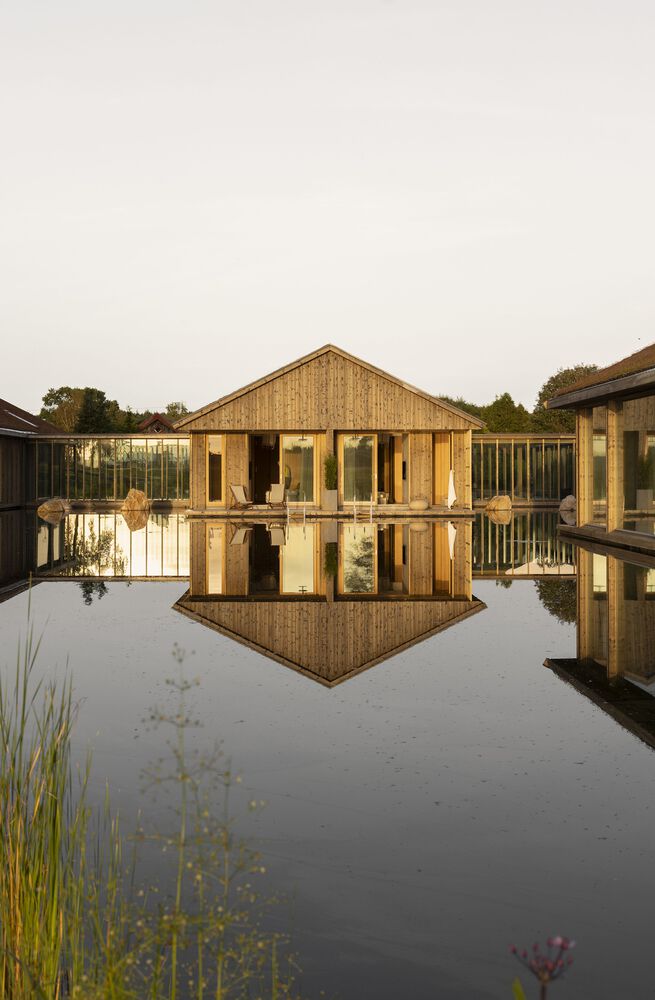































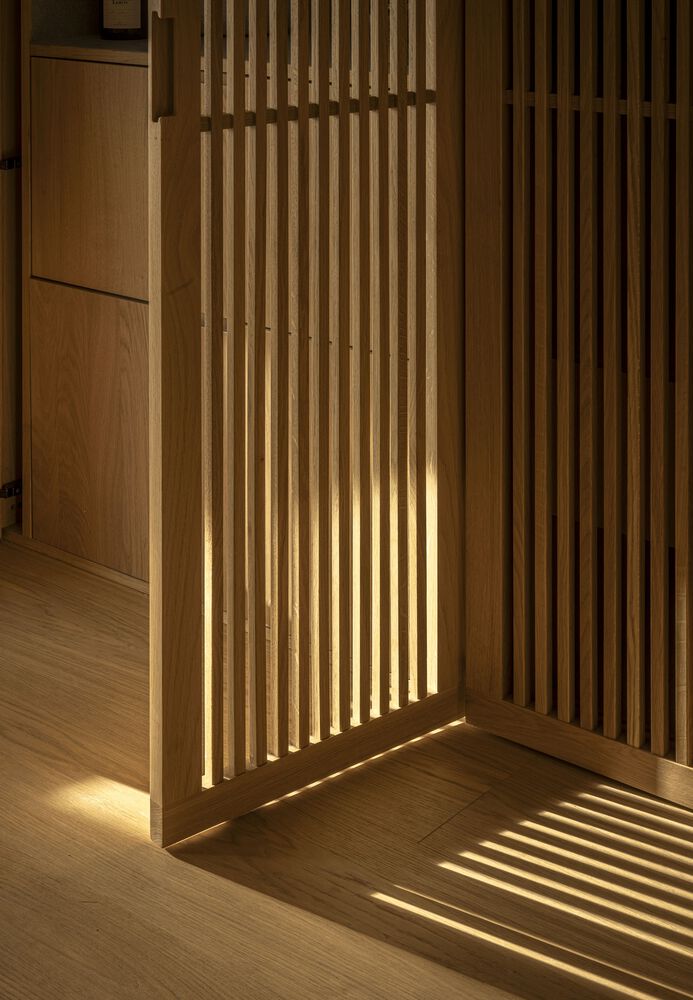










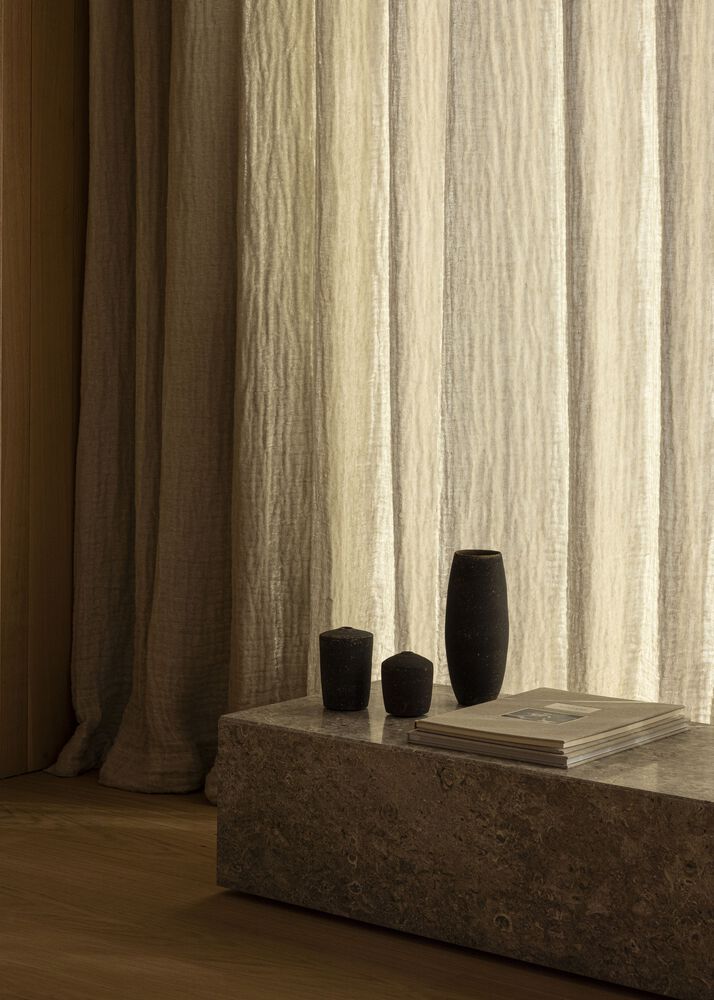
















Credits
Architects: NORM Architects
Photographs: Jonas Bjerre-Poulsen
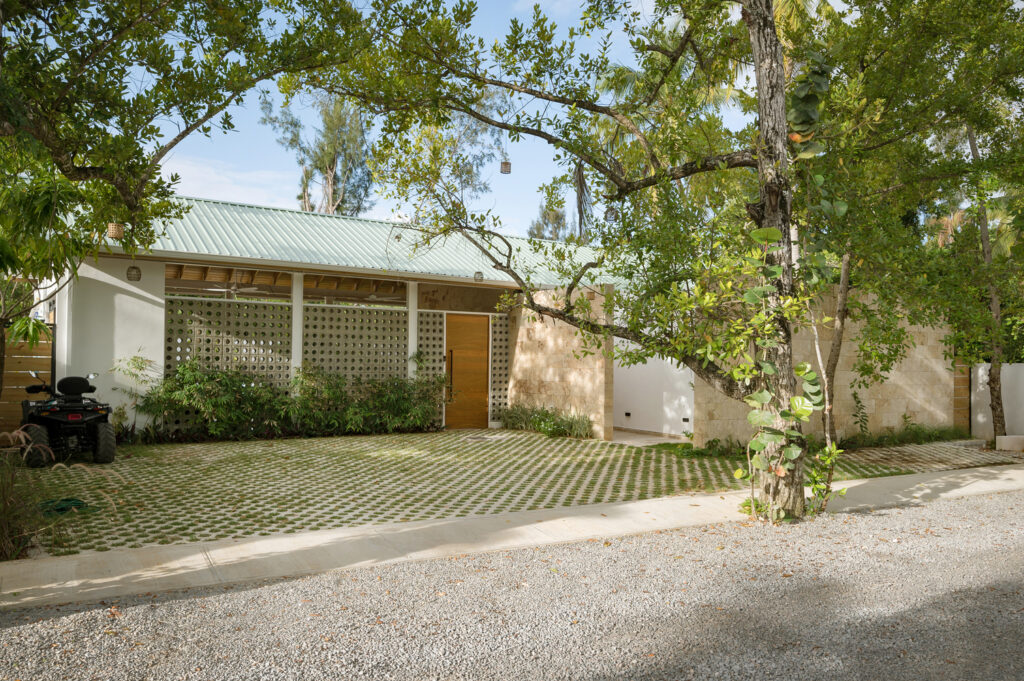
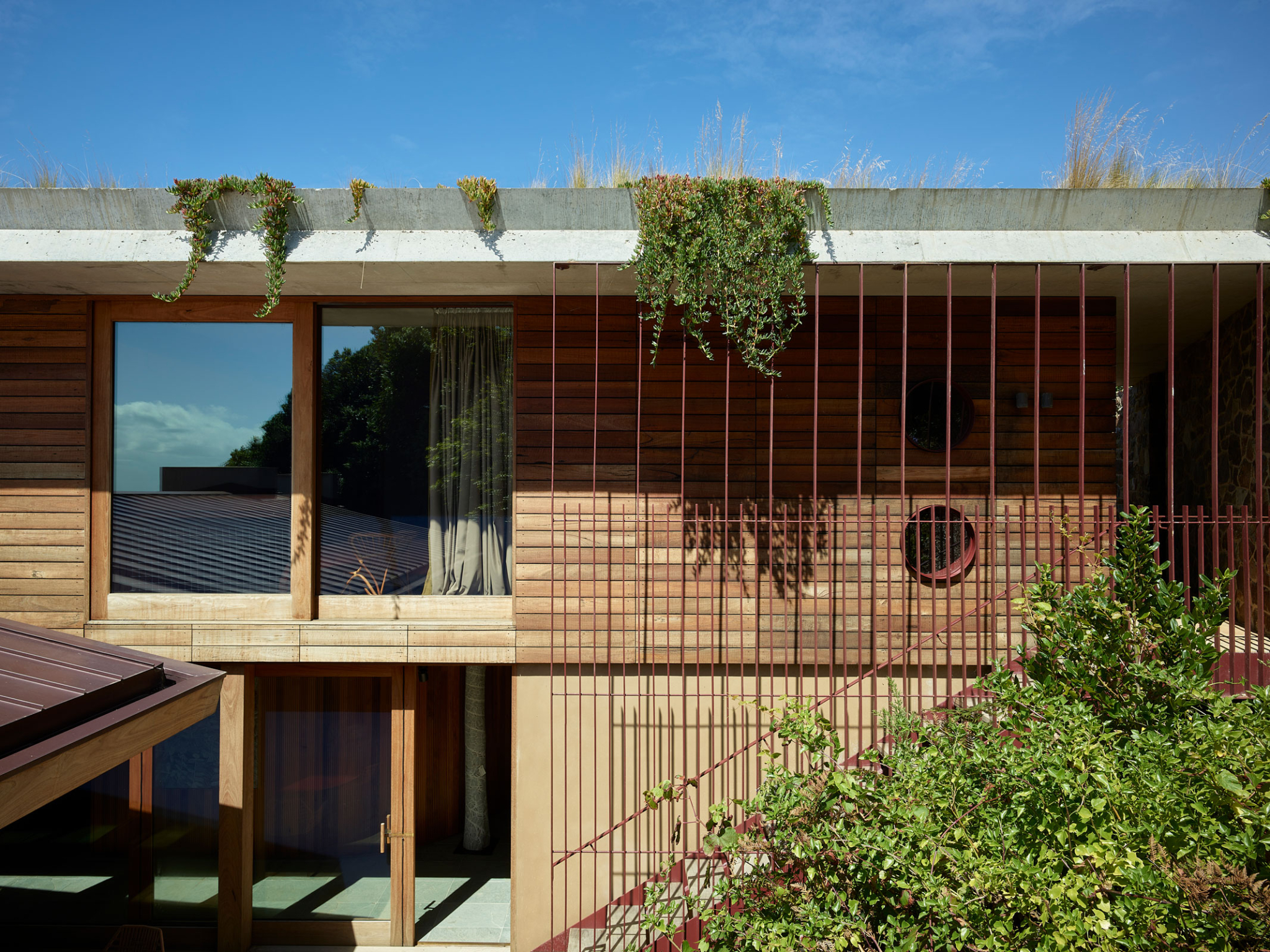


Pingback: Black Beauty House M by Backraum Architektur -